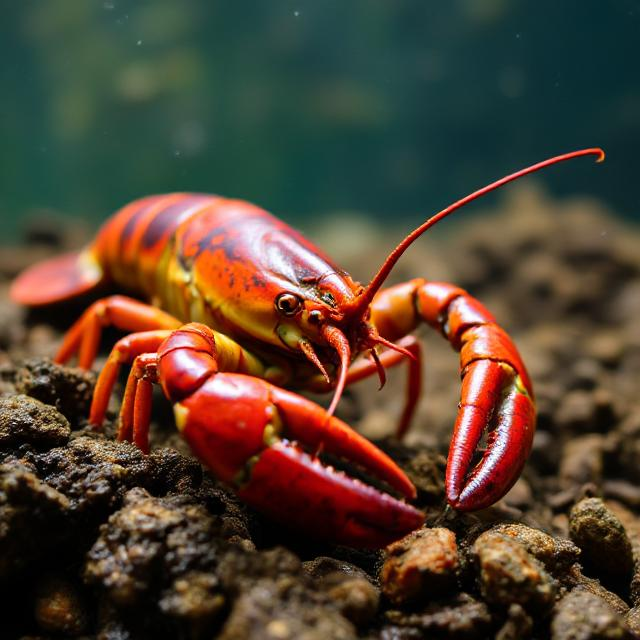How to Photograph Food to Make It Look Irresistible: A Guide to the Perfect Food Porn
Introduction
Food photography has become increasingly popular in recent years, thanks in part to the rise of social media platforms like Instagram. Whether you're a professional food blogger or just someone who loves to share photos of their meals, knowing how to photograph food in a way that makes it look irresistible is a valuable skill. In this guide, we'll cover everything you need to know to take your food photography to the next level and create mouth-watering images that will have your followers drooling.
1. Lighting is Key
One of the most important factors in food photography is lighting. Natural light is usually the best option for capturing the true colors and textures of your food. Try to shoot near a window or outside on a sunny day to take advantage of soft, diffused light. Avoid harsh overhead lighting or using a flash, as this can create unflattering shadows and wash out the colors of your food. If you're shooting indoors, you can also use a reflector or white foam board to bounce light back onto your subject and fill in any shadows.
2. Styling and Composition
The way you style and compose your food can make a huge difference in how appetizing it looks in photos. Start by choosing a simple, clean background that won't distract from your food. Use props like utensils, napkins, and fresh herbs to add interest to the scene, but be careful not to overcrowd the frame. Arrange your food in an appealing way, playing with shapes, colors, and textures to create a visually pleasing composition. Don't be afraid to get up close and capture the details of your dish, like a sprinkle of sea salt or a drizzle of olive oil.
3. Focus and Depth of Field
When it comes to food photography, depth of field can make a big impact on the overall look of your images. A shallow depth of field (achieved by using a wide aperture like f/2.8 or f/4) can help to isolate your subject and create a dreamy, blurred background. This technique is perfect for highlighting the main elements of your dish, like a juicy steak or a decadent dessert. Experiment with different focal points and depths of field to see what works best for each shot, but remember that the most important part of your image should always be in focus.
4. Color and Post-Processing
The colors of your food can have a major influence on how appetizing it looks in photos. Try to choose dishes with a variety of vibrant hues, like fresh fruits and vegetables, to create visually appealing images. If your food is looking a little dull or flat, you can always enhance the colors in post-processing using editing software like Adobe Lightroom or Photoshop. Adjusting the saturation, contrast, and white balance can help to make your food pop off the screen and grab the viewer's attention.
5. Tell a Story
Finally, don't forget to think about the story you want to tell with your food photography. Consider the mood and emotions you want to evoke in your audience, whether it's a cozy Sunday brunch or a romantic dinner for two. Experiment with different angles, perspectives, and props to create a narrative that draws the viewer in and makes them feel like they're right there with you at the table. By telling a compelling story with your food photography, you can create images that not only look irresistible but also resonate with your audience on a deeper level. In conclusion, mastering the art of food photography takes practice, patience, and a keen eye for detail. By paying attention to factors like lighting, styling, composition, focus, color, and storytelling, you can elevate your images from ordinary snapshots to mouth-watering works of art. So grab your camera, get in the kitchen, and start capturing the beauty and deliciousness of your meals in a way that will make them truly irresistible to all who see them.
